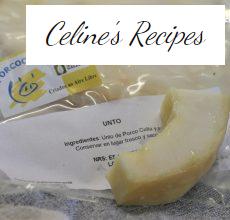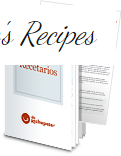Culinary techniques you should know to cook yummy.
Spherification, texturing, deconstructing, air, foam, liquid nitrogen … Without realizing it, we have introduced into our vocabulary an infinity of culinary techniques that were (and still are, in many cases) completely unknown to us, those of us who are not dedicated to cooking. on a professional way…
However we are in the era of reality shows and gastronomic contests ; a moment in which we have approached the kitchen with curiosity and with desire .
A time when tourist routes are even organized to publicize the tradition of the tables of our towns as one of its main historical and cultural values.

And it is curious to see how the exaltation of the most traditional cuisine coincides with the twist of it. Because it is evident that there are more and more chefs who reinterpret local gastronomy through new techniques .
Cooking labs have even been created to explore and develop different ways of cooking, more typical of scientific researchers than cooks.
But the most interesting thing is the coexistence of the most recurrent, simple and classic culinary techniques with the most innovative and laborious.
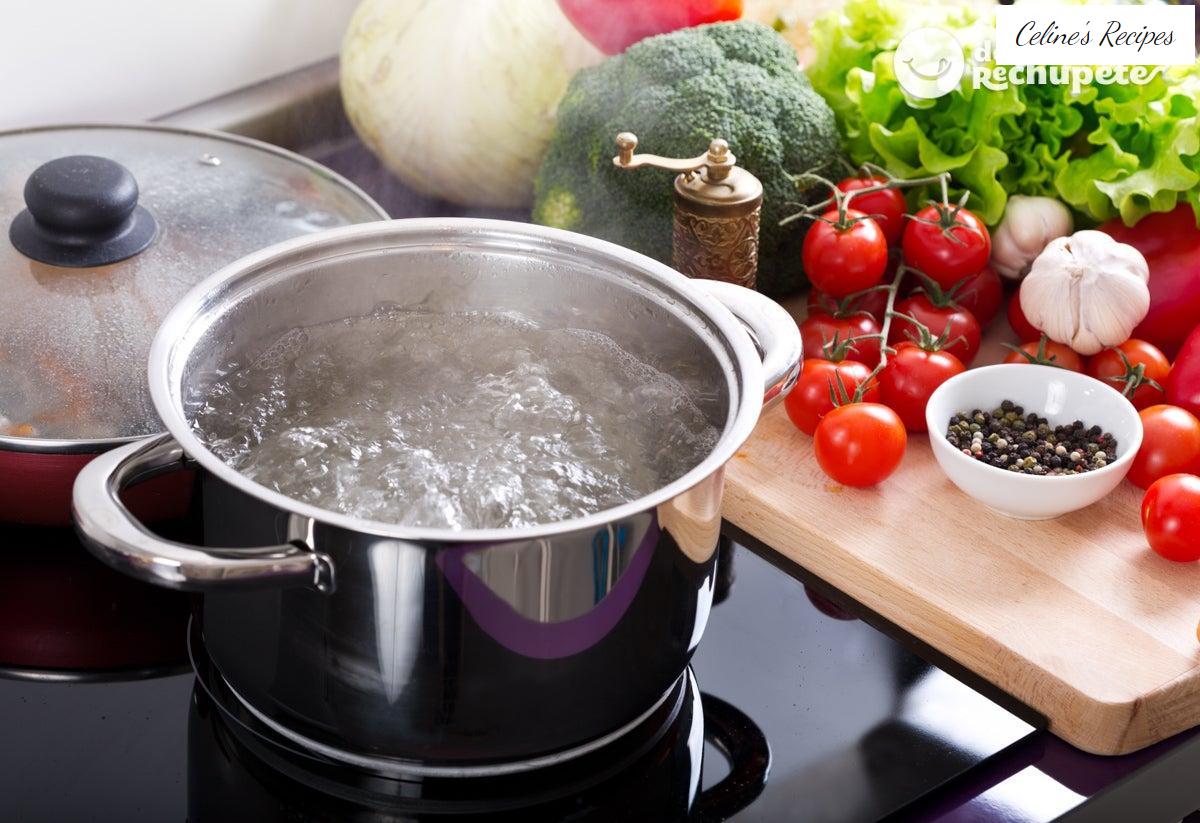
What are culinary techniques?
We call culinary techniques the set of processes that we apply to food to preserve it and make it digestible and tasty .
This includes from the previous cold preparations, such as cleaning, to cooking. Through the different culinary techniques we manage to destroy possible germs, soften the products (to chew and digest better), modify the appearance, color, and even smell and taste (through aromas and incorporation of ingredients).
Types of culinary techniques
Traditional culinary techniques

1. Boil
Through this technique we cook food in water at 100 ° C . To avoid losing nutrients, we must start cooking when the water has already boiled.
In this way the food will be less in contact with the water. But if what we want is for the liquid to gain nutrients and flavor (to be used later in a soup or broth, for example), we will put the food in the still cold water.
We can cook or boil in the traditional way or look for alternatives so that the cooking times adapt to our schedules and that’s when, between robots, microwaves and crock pot, childhood meals come to mind with the express pot. In this case, the express, pressure and super-fast pot can be our ally in the kitchen.
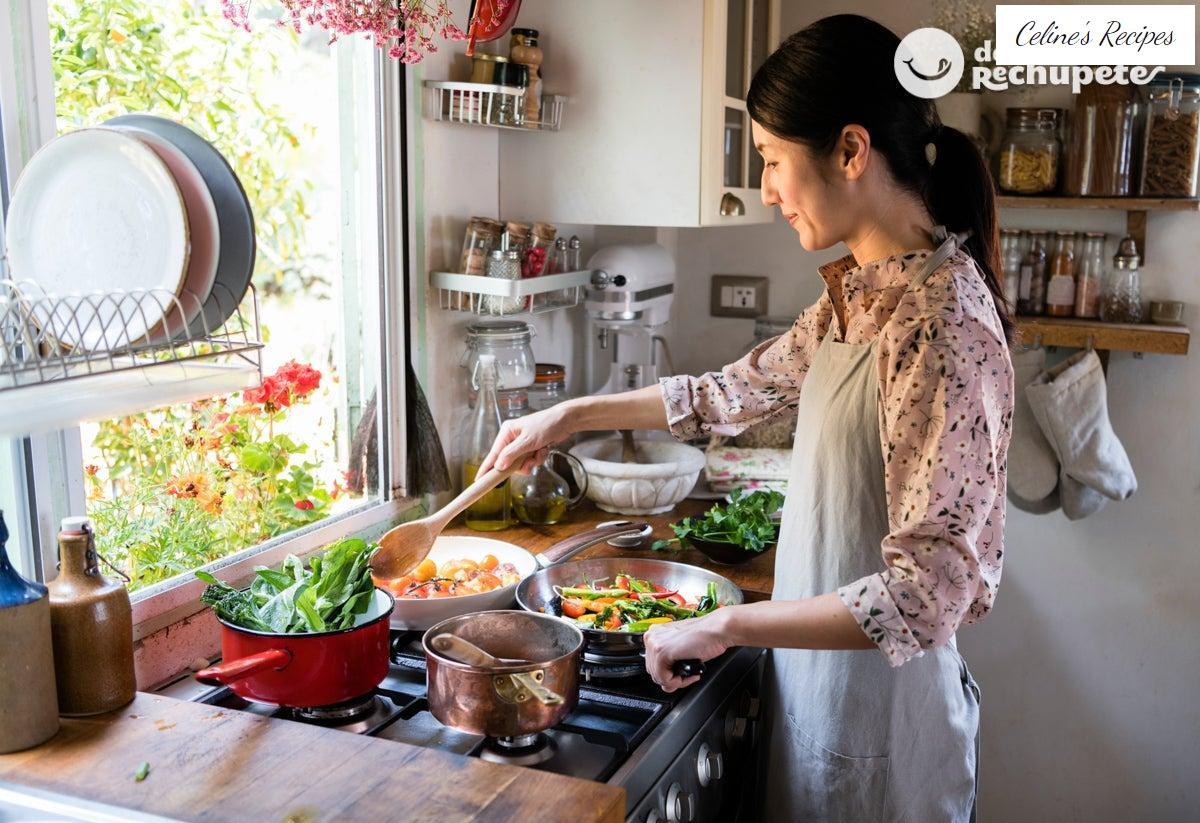
2. poach
The difference between poaching and boiling is that to poach a food, the water must not have boiled , but must be at the boiling point (between 60 and 80º C). This technique is usually used for eggs, but also for meat and fish.
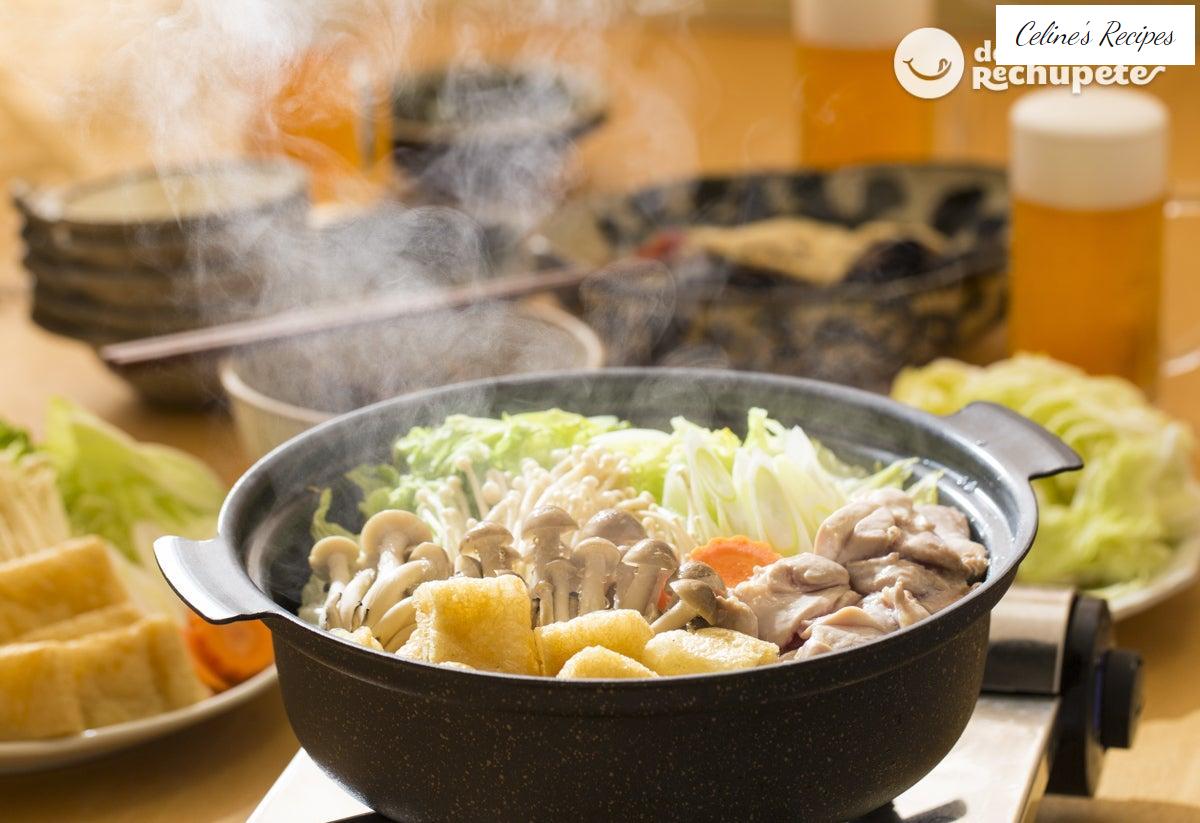
3. Steaming
Through the steam cooker we cook the food without it coming into direct contact with the water, that is, without submerging it .
Cooking is achieved by the penetration of the steam that comes from the boiling of the water itself. In this way, we ensure that food conserves many of its nutrients .
On the blog we have a special on how to steam , in great detail, our best recipes and all the tricks and tips to master this cooking technique.
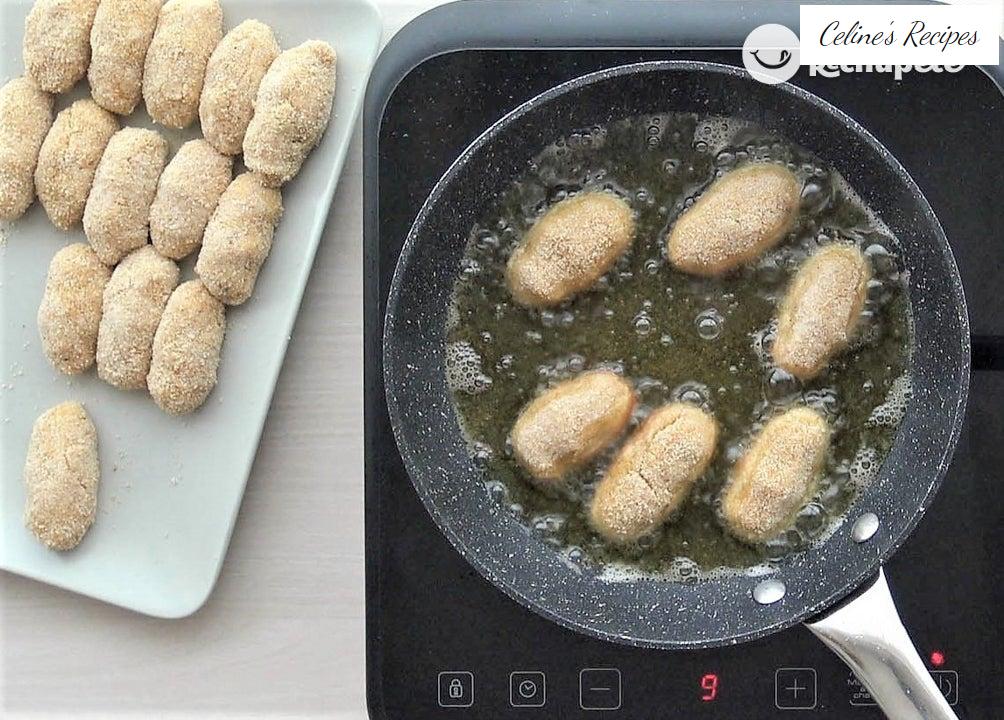
4. Fry
We can fry by immersion : that is, introducing the food in very hot oil (if we do it at the ideal temperature of the oil, a kind of crust is created around the food that conserves its nutrients). Or we can sauté , like when we make sofrito .
The difference here is that in addition to using much less oil, the temperature is also lower (we fry at low temperatures).
Here we influence the process a lot before frying, the frying technique without that of a good batter (in the case that it has to be done) is essential. To prevent the batter from burning or the food from softening and achieving a crisp texture. It is important to introduce it when the oil is hot, around 160º C or 170º C.
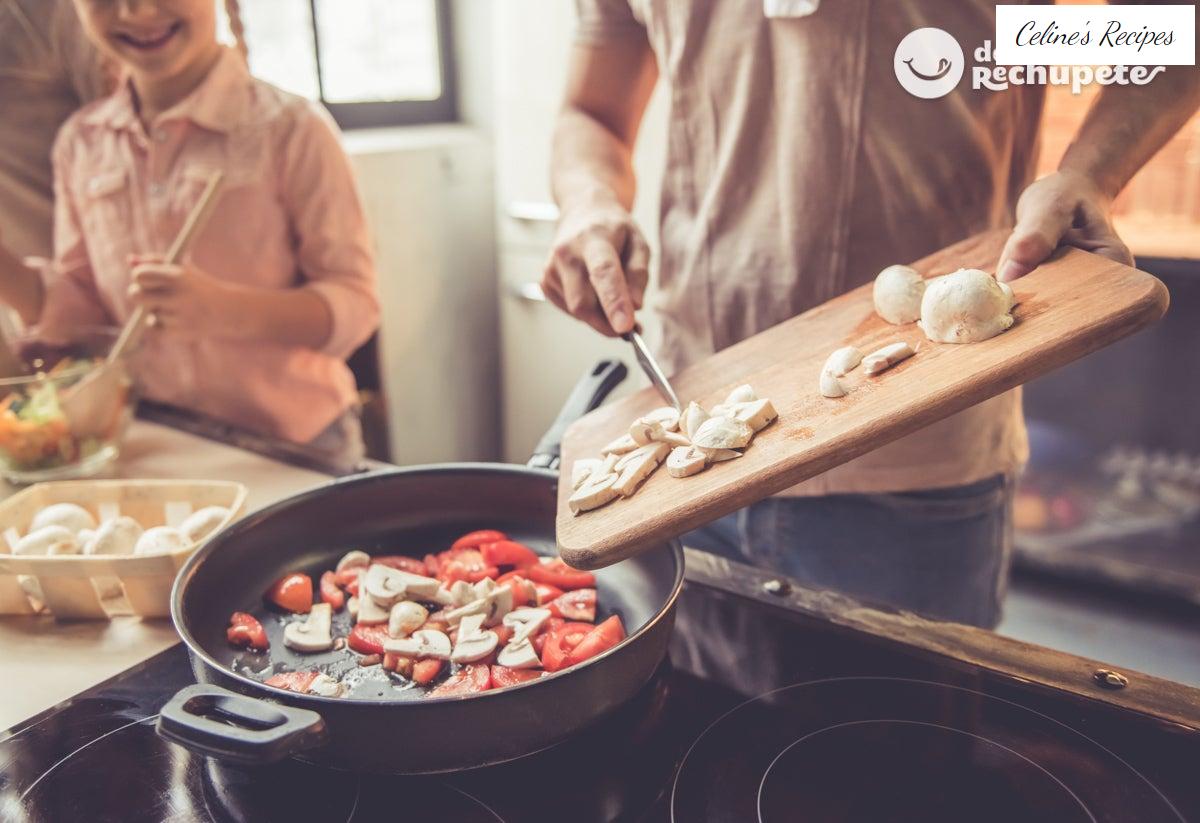
5. Skip
In this case we use little oil, little time but high temperature . It is a quick cook that allows the nutrients in our food to be well preserved.
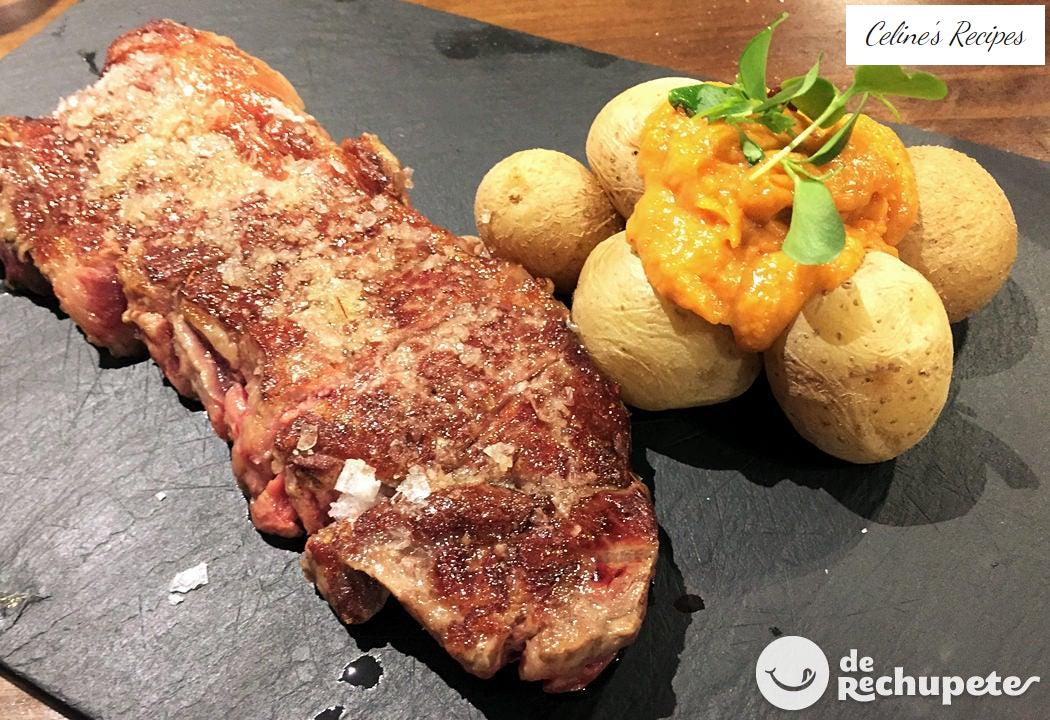
6. Dry cook
It is the cooking in which we do not use oil , such as on the grill , grilled or in the direct flame.
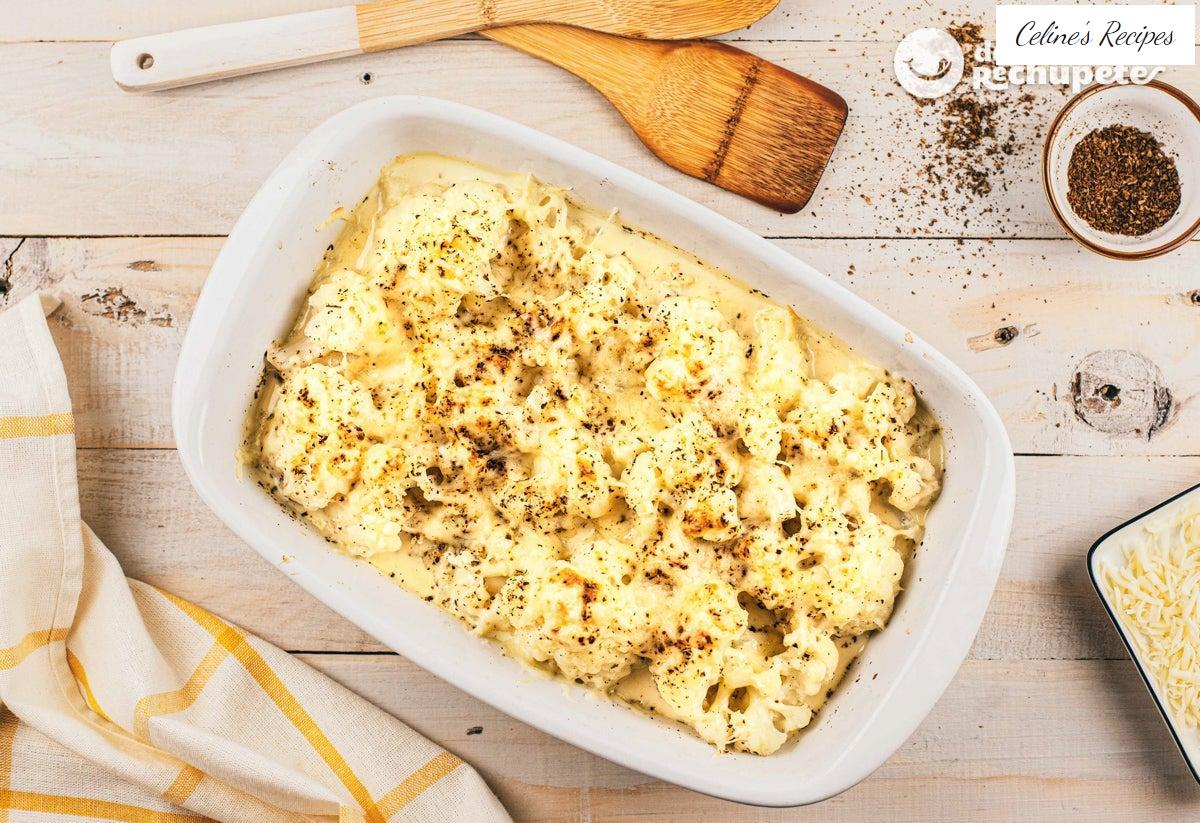
7. Baked
In this type of cooking we can decide if we prepare our food dry, steamed, with oil, in a bain-marie, gratin …
But here the different types of cooking techniques do not end, we can say that the most classic. In recent years we have introduced into our vocabulary words such as deconstruction, airs and foams, spherifications, gelling, liquid nitrogen … techniques that have revolutionized the gastronomic world, allowing us to create new dishes and enjoy innovative textures, flavors and aromas that greatly improve the kitchen. A world where Ferrán Adriá has revolutionized everything.
New culinary techniques
1. Airs and foams
How many times have you heard that about carrot foam or lemon air? Well, to achieve this we must dare to mix science with cooking . Airs are emulsions that are produced from the fusion of a gas and a liquid.
In gastronomy they are achieved by adding soy lecithin to the mixture to beat. The air that enters the liquid is encapsulated in the form of bubbles .
This technique does not alter the flavor of your dishes but it does achieve a different texture that will surprise the eye and the touch. On the other hand there is the foam, a technique that is used for example to achieve a texture similar to that of the mousse, but lighter.
Here we must use a siphon with pro-foam powders in which we will introduce the ingredients. It is heated in a water bath and, subsequently, charges of nitrogen oxide are introduced .
2. Deconstruction
Have you tried the deconstructed potato omelette? It is a clear example of the most traditional (and Spanish) dish brought to the last power: that of culinary innovation,
Created by Ferrán Adriá, deconstruction consists of modifying the texture, the shapes and even the temperature of the dishes, while maintaining the original flavor. (The omelette is served in a glass, with the liquid egg and the potato turned into foam).
3. Spherification
Although it seems very novel, this technique was patented in 1946. It consists of gelling the outer layer of the food, creating a circular shape, while the inside remains liquid .
To put it into practice it is necessary to use sodium alginate, an algae extract, and calcium chloride. Liquid food should be introduced with the alginate solution in sodium chloride. It doesn’t seem suitable for beginners, but it’s all about getting…
4. Gelling
It is nothing more than turning a liquid into a gel . Thus we give them a more solid and dense texture. For this it is necessary to resort to some gelling agent. There are many varieties in the supermarket.
The most common are agar agar , which is colorless and tasteless. It comes from different types of red algae. We can also use xanthan gum or instagel , which allows food to gel at room temperature.
5. Liquid nitrogen
The super freezer. Liquid nitrogen is an element that has a temperature of -200º C , this means that it can immediately freeze any food that we introduce into it.
However, despite freezing them, it does not modify their structure, shape or consistency and allows the cooking of the food inside through this freezing.
In summary…
You see that there are numerous culinary techniques , from the most traditional and used to the most innovative and laborious … I said at the beginning that we have already incorporated these techniques into our vocabulary , but have we also incorporated them into our kitchens?
Did you like it? Share it!
Share Tweet Pin it To print
Receive a weekly email with new recipes and yummy recommendations.
Think of Pixels SL as the owner of Recetasderechupete.com, it will use the data you provide in this form only to send you blog updates. We treat your data with respect. For more information see the Privacy Policy . You can change your mind at any time and unsubscribe by clicking on the footer of any email you receive from this website, or by contacting [email protected]. Yummy recipes use Mailchimp as a platform for sending emails. Mailchimp is covered by the EU-US Privacy Shield agreement, approved by the European Data Protection Committee. By submitting this form you agree that your data will be transferred to MailChimp to process it in accordance with its Privacy Policy .
If you liked this article you will like:

Anisakis. 7 questions that can save you an upset
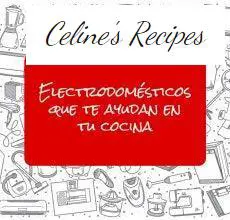
The appliances that will make your life easier



